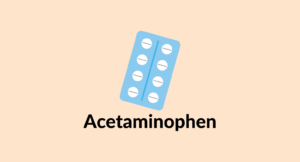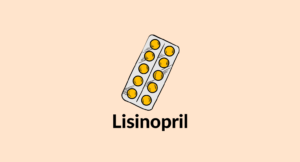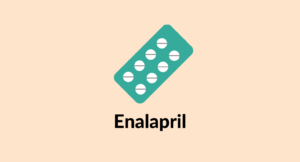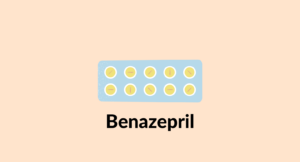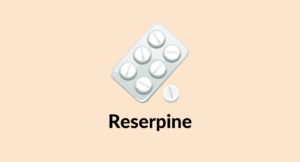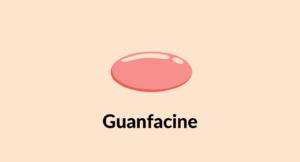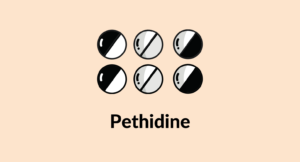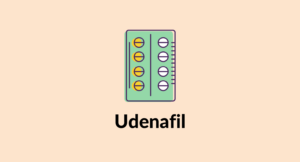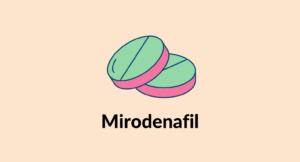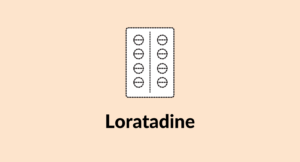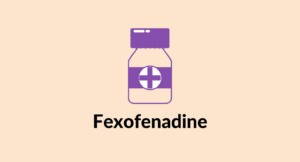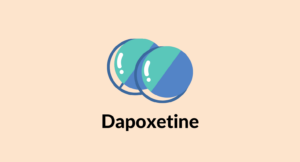
Is It Safe to Take CBD With Captopril (Capoten)?
Cannabidiol (CBD) and the antihypertensive captopril carry a moderate risk of interacting together. The main concern is lightheadedness, confusion, & fainting.
CBD has moderate hypotensive effects, which could potentiate the blood-pressure-lowering ability of captopril — leading to side effects such as confusion, lightheadedness, and fainting.
Proceed with caution & speak with your doctor first.
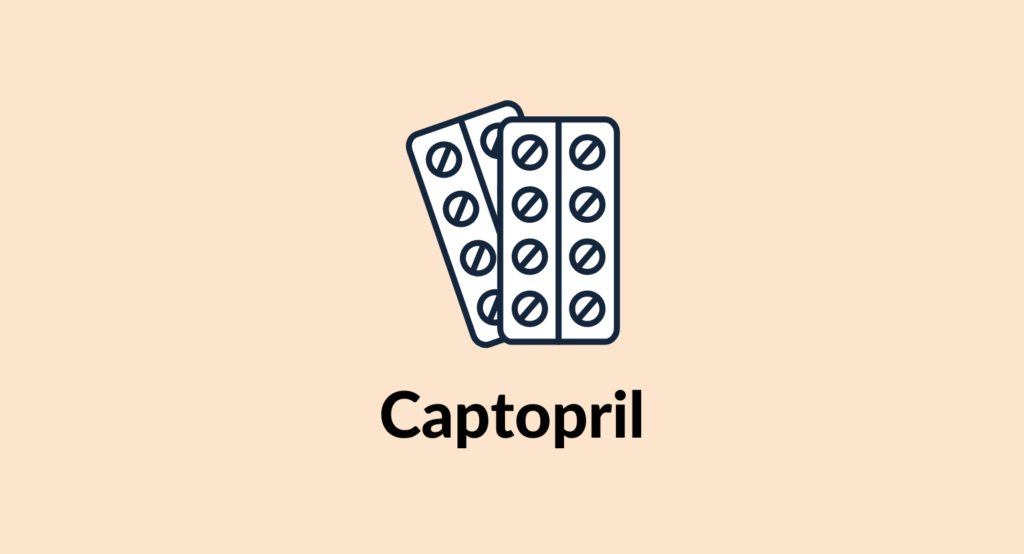
Captopril (Capoten) is an antihypertensive of the angiotensin-converting enzyme (ACE) inhibitor class of drugs.
Here’s everything you need to know about using CBD (cannabidiol) alongside captopril, including tips on how to minimize the risk of side effects, how to discuss this combination with your doctor, and what red flags to watch out for.
Does CBD Interact With Captopril (Capoten)?
Yes. CBD can interact with captopril.
CBD and captopril can have an agonistic interaction. CBD can heighten the effects of captopril and cause more side effects like sudden decrease in blood pressure, headache, fainting, etc.
CBD can interact with captopril in two ways:
A) CBD May Increase The Risk of Side Effects When Taking Captopril
An agonistic interaction happens when two substances show similar effects on the body. Thus, consuming them together can cause them to exert more powerful effects that can become abnormal and possibly dangerous.
Captopril is an antihypertensive of the angiotensin-converting enzyme (ACE) inhibitor class. It decreases pressure by preventing the conversion of angiotensin I to angiotensin II. CBD can also control blood pressure. It works on the endocannabinoid system and lowers blood pressure.
Because both these drugs exert the same effects, taking them together can help to decrease blood pressure even more. But this could also become dangerous as there is a possibility of a severe drop in blood pressure, causing fainting, weakness, etc., which can even be dangerous.
B) CBD May Interfere With the Body’s Ability to Metabolize Captopril
When two substances use the same enzymes for metabolism, metabolic competition occurs between them. Consuming two of such drugs leads to an increased accumulation of one or both drugs in the body due to a slow down in their metabolism.
While most angiotensin-converting enzyme inhibitors are partially metabolized in the CYP3A4 system, they do not involve much in P450 interactions [1]. Captopril may also undergo hepatic metabolism by this same enzyme. However, the exact enzyme that metabolizes it is not known. CBD, on the other hand, uses the same enzyme for metabolism too.
So using them together may cause a metabolic inhibition between them, causing a major slowdown in their metabolism. There may also be a decrease in the rate of their removal, causing them to accumulate more and cause more side effects. While the chances of this happening are very low, it is still possible and should not be overlooked.
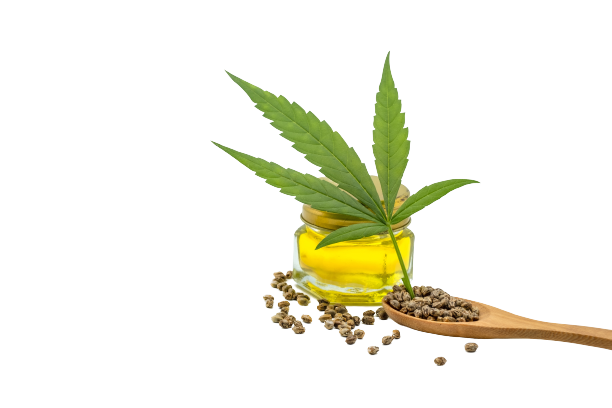
Similar Medications: CBD & ACE inhibitors
Captopril is an angiotensin-converting enzyme (ACE) inhibitor. CBD and ACE inhibitors all share similar risks for interaction and side effects. It is used to decrease blood pressure levels, treat after myocardial infarction, and in treating heart failure.
Medications That Share Similar Risk of Adverse Reactions With CBD Include:
- Benazepril Hydrochloride (Lotensin)
- Enalapril Maleate (Vasotec)
- Fosinopril Sodium (Monopril)
- Lisinopril (Prinivel & Zestril)
- Moexipril (Univasc)
- Perindopril (Aceon)
- Quinapril Hydrochloride (Accupril)
- Ramipril (Altace)
- Trandolapril (Mavik)

Is It Safe to Take CBD and Captopril (Capoten) Together?
There is a moderate chance of interaction between CBD and captopril. The interaction between them may worsen more if high doses of both drugs are taken regularly for a long time which could lead to excess accumulation in the body and thus cause more side effects.
However, if low doses of CBD and captopril are taken for a short duration, there is less chance of them interacting and causing more side effects.
Nevertheless, you must never take these drugs off your own accord. Always consult your prescribing physician before you start taking them together. If you encounter any abnormal side effects, get medical aid at once.
Is CBD A Viable Alternative to Captopril (Capoten)?
CBD cannot be considered a viable alternative to captopril, but it does offer some mild antihypertensive effects that may be suitable for mild cases. Many people will turn to natural supplements like CBD first before moving on to prescription medications if they don’t work.
CBD and other cannabinoids carry fewer side effects and are more affordable long-term than antihypertensives. However, due to the severity of this condition and the increased risk of heart attack and stroke, it’s important to find a solution that works, rather than sticking purely to natural supplements because they carry a lower risk of other side effects.
CBD has been shown to lower blood pressure by working on the CB1 receptors in the endothelium. This causes a release of nitric oxide, which helps to dilate blood vessels. This can cause a decrease in blood pressure [2].
One study showed that CBD reduces blood pressure in users who also have increased heart rates [3].
CBD’s antioxidative and anti-inflammatory properties can also be helpful in treating inflammatory conditions that may be responsible or result from high blood pressure as well [4].
Hence, CBD may be a good adjunct and may even replace hypertensives in mild cases, but it may not be sufficient for use in severe illnesses.
What is Captopril (Capoten)?
Captopril (Capoten) is an antihypertensive drug. It belongs to the class called angiotensin-converting enzyme (ACE) inhibitors. It’s used for the treatment of hypertension and some types of congestive heart failure.
Capoten is the most commonly used brand name for this medication.
Captopril (Capoten) Specs:

| Drug Name | Captopril |
| Trade Name | Capoten, Captoril, Capotaj, Angiopril, Aceten, Capotril, Ucetan |
| Classification | Angiotensin-converting enzyme (ACE) inhibitor |
| CYP Metabolism | CYP3A4 |
| Interaction With CBD | Agonistic, Metabolic competition |
| Risk of Interaction | Moderate |
Other Names For Captopril
Captopril is sold under many different names. All share the same risk and potential interactions.
Other names for Captopril include:
- Aceten
- Angiopril
- Capotaj
- Capotril
- Ucetan
What Does Captopril (Capoten) Do?
Captopril works by inhibiting the angiotensin-converting enzyme (ACE). ACE is the enzyme that helps to convert angiotensin I (ATI) to angiotensin II (ATII). The ATII regulates blood pressure and is the main component in the renin-angiotensin-aldosterone system (RAAS).
The RAAS is the mechanism that controls and regulates blood circulation, water, and electrolyte balance. During sympathetic stimulation or when there is less blood pressure or less blood flow into the kidneys, renin gets released from the kidneys.
This renin converts the circulating angiotensinogen in the bloodstream into ATI. ATI is then converted into ATII by ACE. ATII increases blood pressure by stimulating the secretion of aldosterone from the adrenal cortex, which then travels to the nephrons, causing an increased sodium and water reabsorption. This leads to a rise in blood pressure.
ATII also stimulates the secretion of vasopressin or the antidiuretic hormone (ADH) from the posterior pituitary gland, which allows further reabsorption of water from the kidneys. ATII also constricts the arteries directly, causing a rise in blood pressure.
Captopril inhibits the rapid conversion of ATI to ATII and antagonizes RAAS-induced increases in blood pressure. ACE (also known as kininase II) also causes an enzymatic deactivation of the vasodilator bradykinin. Thus, captopril also inhibits the deactivation of bradykinin, which will increase its levels and may help to control its effects by causing increased vasodilation and decreased blood pressure.
Captopril has a half-life of about 2 hours.
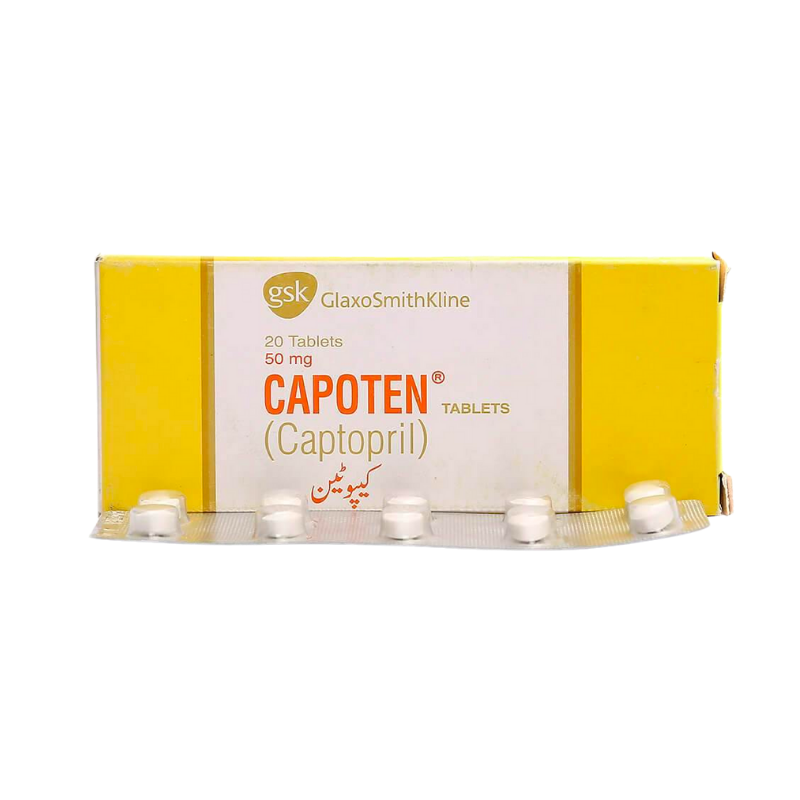
Side Effects of Captopril (Capoten)
Captopril should not be used in pregnancy as it can cause fetal defects and even fetal death.
It should be used with caution in users with aortic stenosis, hypertrophic cardiomyopathy, hypotension, biliary cirrhosis or biliary obstruction, myelosuppression, electrolyte imbalance, hyperuricemia or gout, systemic lupus erythematosus (SLE), hepatic or renal impairment.
Side effects of Captopril (Capoten)
- Angioedema
- Ataxia
- Cardiac arrest
- Chest pain
- Confusion
- Cough
- Depression
- Dysgeusia
- Hyperkalemia
- Hypersensitivity
- Hypotension
- Impotence
- Increased heart rate
- Neutropenia
- Orthostatic hypotension
- Palpitations
- Photosensitivity
- Proteinuria
- Pruritus
- Renal impairment
- Skin rash
- Somnolence
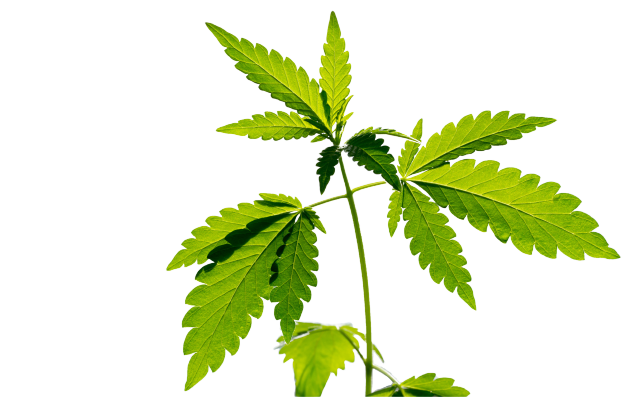
Key Takeaways: Is it Safe to Take Captopril (Capoten) With CBD?
CBD and captopril have a moderate risk of interacting together. Its own blood pressure decreasing ability may work alongside captopril and cause an abnormal drop in blood pressure. This is especially true in cases when both drugs have been taken for a long time and in large doses.
These side effects may be decreased by taking only a small amount of both drugs for a short time. Never take this combination without consulting your prescribing physician first.
References
- Sadovsky, R. (2002). Antihypertensive agents and cytochrome p450 interactions. American Family Physician, 65(11), 2356.
- Stanley, C. P., Hind, W. H., Tufarelli, C., & O’Sullivan, S. E. (2015). Cannabidiol causes endothelium-dependent vasorelaxation of human mesenteric arteries via CB1 activation. Cardiovascular Research, 107(4), 568-578.
- Jadoon, K. A., Tan, G. D., & O’Sullivan, S. E. (2017). A single dose of cannabidiol reduces blood pressure in healthy volunteers in a randomized crossover study. JCI insight, 2(12).
- Atalay, S., Jarocka-Karpowicz, I., & Skrzydlewska, E. (2020). Antioxidative and anti-inflammatory properties of cannabidiol. Antioxidants, 9(1), 21.
Signup to our newsletter
Be the first to know about our newest arrivals and special offers!
